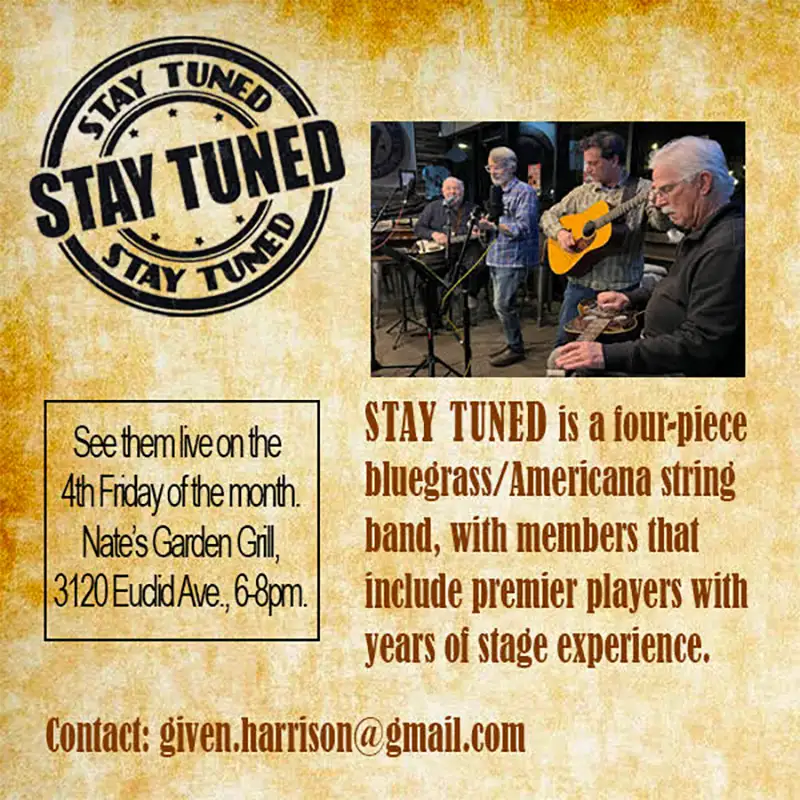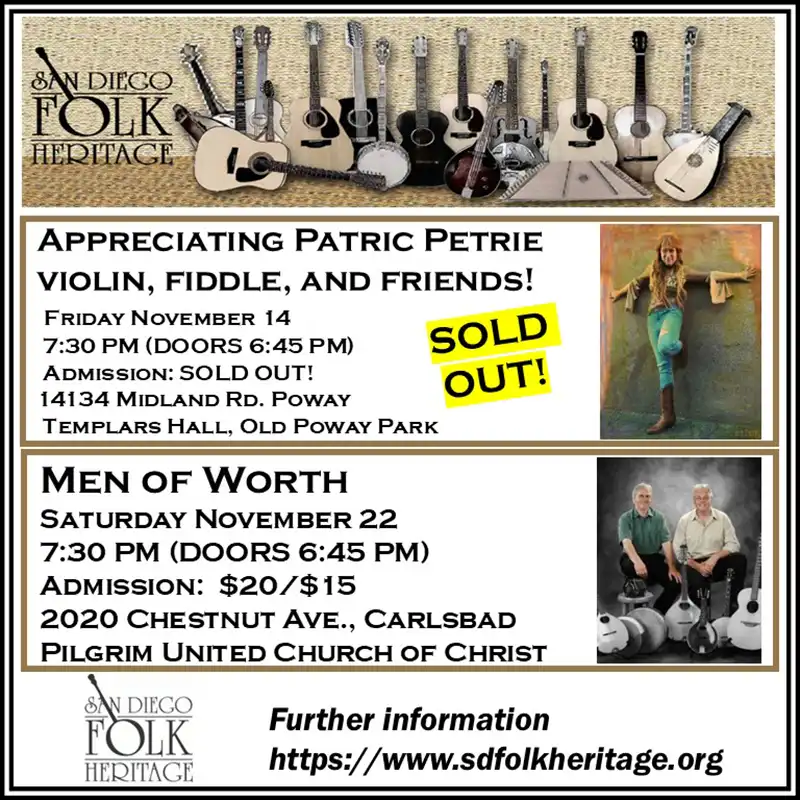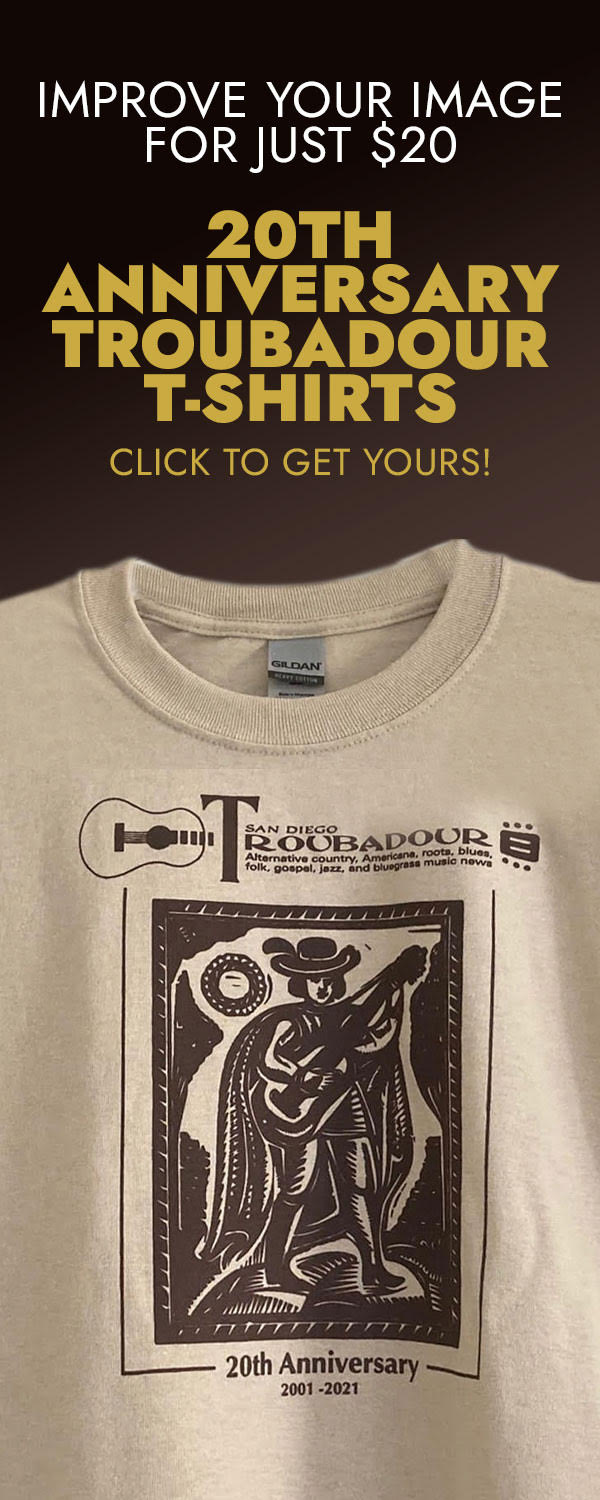Ask Charlie...
Custom Is My Middle Name…
Hello Troubadourians! I recently watched a YouTube video on a channel called Five Watt World, hosted by Keith Williams. I highly recommend this channel in general, but the particular video I watched is called “Great Guitars…That Suck to Own.” I recommend that you watch the video even if none of the categories apply to you, because someday, one of them might. In the video, Keith talks about the problems and pitfalls of owning five types of guitars: Vintage, Cool on Stage, Small Brands Custom Guitars, Basic Service Guitars, and Too Nice to Play. Of the five categories mentioned, I strongly identified with two in particular: Vintage and Too Nice to Play. Here is my story…
Vintage: 1960 Gibson ES-345
I bought this guitar from Guitar Trader in Red Bank, New Jersey for $1,200 in 1979-ish. It was all-original but had been gigged and had had a Bigsby installed on it at one time. It had been removed by the time I bought it, and had the stop bar tailpiece reinstalled. It was a beautiful tri-color tobacco sunburst, and the finish showed the natural checking and aging of a 20-year-old guitar. The original ABR-1 bridge had semi-collapsed, the tailpiece showed significant corrosion, and the original Kluson tuners were worn and inaccurate. Plus, it needed to be refretted. Not exactly gig-worthy. But it was otherwise solid and the PAF pickups sounded amazing like you’d expect original PAF’s to sound. I was a working musician at the time, and I had purchased the guitar to gig with. The “vintage craze” was in its infancy at the time, and the only guitars that were starting to command excessive prices were ’59 sunburst Les Pauls and Pre-war Martins. My 345 was priced as was normal for that year and model at the time and was a relative bargain in comparison to today. So, what did I do to it? The first thing was the refret. Combined with a sagging bridge, it was practically impossible to set up the guitar with a reasonable action and intonation without it fretting out while bending strings. The refret improved the playability a lot but the now nearly flat, sagging bridge, was still problematic. Today, replacing the original ABR-1 bridge would be the obvious thing to do to preserve the vintage vibe of the guitar, and I might have done that except the that both bridge posts were also leaning, either from age, use, or some poorly thought-out plan to correct the intonation. The best available solution from Gibson was the relatively new Nashville bridge so that’s what I had installed. I also replaced the corroded tailpiece and replaced the worn-out tuners with new Schaller M6s as well as the reflector-style knobs, two of which had damage and the reflectors would no longer remain in place. While today I wouldn’t make the same change to the bridge, I believe it was actually a positive enhancement to the guitar in this case. I was able to compare my guitar with another ’60 ES-345 in original condition that was only a few serial numbers away from mine, and my guitar had a richer tone and increased sustain vs the unaltered guitar.
In the video, Keith talks about vintage guitars from today’s perspective, but, in 1979, keeping them vintage wasn’t as much of a consideration—if at all—especially for a working musician. Sure, it was cool to have a guitar with original PAF pickups that was made in the Golden Age of guitar making, but it also needed to be serviceable for a five-nights-a week gig, so the changes that I required were necessary to make the guitar a functional tool. Today, there are many alternatives for making a vintage guitar more serviceable for professional use without altering the vintage value of the instrument, but not so in ’79. You did what you had to do to keep your tools in order. One last thing about this guitar: while at a gig, it was knocked forward out of the guitar stand and suffered a headstock break. I had it repaired by Moze guitars and the tone and playability were unaltered. However, that very common damage caused the value to be reduced. How significantly is debatable, but I ended up trading that guitar for a new amplifier that was same price I originally paid for the guitar, even with the alterations and repair. At the time, you might have been able to get $2,200 for that same guitar in original condition, so overall it was devalued by about $1,000. But I made way more than that playing it at gigs and recording sessions, so as a tool it was a good investment. And I enjoyed playing it while I owned it. After all of that, I decided that I will never own a vintage guitar again not because they aren’t good guitars, but because they don’t serve me as-is, and I’d only devalue them to make them suitable for me to use.
Too Nice to Play: 1999 Collings D2HVC
I had become dissatisfied with my 1972 Martin D-41, and I wanted a louder guitar with—ironically—a more vintage tone than my Martin. I had heard about Collings guitars, and I figured that if I could get a guitar that was everything I wanted from a vintage guitar but built into a new guitar that was both consistent and replaceable, I’d have the best of both worlds. So, I ordered a Collings D2HVC, essentially a vintage Martin D-28 but with a cutaway. When that guitar arrived, it was everything I hoped it would be only better. It was so good, in fact, that I was afraid to play it, which is kind of not the point of having a really good guitar. And being afraid of it goes against the idea of having purchased that particular guitar in that, while it is awesome, it is—unlike a vintage guitar—replaceable (see that argument above). I sort of justified not playing it as much as I should have by convincing myself that I was primarily playing electric music—on two excellent PRS guitars that themselves could have fallen into the Too Nice to Play category—but that was destined to change. I soon became more involved in acoustic music and needed the Collings to be more serviceable. The first thing was adding a strap button so that I could play it while standing. Then, in somewhat rapid succession, came adding a pickup and preamp, adding external volume and tone controls, and adding a battery compartment. The latter two of those modifications required drilling and cutting the guitar. Don’t freak out. They were practical decisions based on the requirements of having a gig-worthy and roadworthy acoustic guitar. All of the modification was performed by an experienced luthier and were installed at the bottom of the guitar near the tail block. This location was chosen because that area of the guitar’s body doesn’t contribute to the overall sound of the instrument, so cutting and drilling there didn’t change the sound of the guitar. I also found that that location for the controls was much more convenient for mid-song adjustments than the traditional upper bout and near the neck locations. This was my exclusive instrument for the next five years and still is my go-to guitar for a lot of my music.
In the video, Kieth shows his Too Nice to Play guitars, which are ironically two Collings models that I own—an I-30 and a City Limits—so the second part of my TNTP story discusses them. In previous columns I have discussed my relationship with the folks at Collings Guitars, which began with my purchase of my D2. I have since then commissioned three custom electric guitars—the I-30 and two City Limits—and I use all three of them all the time. And while each guitar has custom features built into them specifically for me, I still have made some minor modifications to further personalize them to fit my needs as a player—and with the full blessing of the team that built them in the first place. The team at Collings are very aware that their guitars are extremely well made and, as a result, expensive. They are also aware that many of those guitars end up on their owner’s TNTP list. However, the Collings guys will remind every owner that those guitars were meant to be played and enjoyed by players and audiences alike, not just to sit in a case or hang on a wall. Despite their looks and fine craftsmanship, the guitars are tools for making music—which is exactly what I do with mine every chance I get. Besides, if something were to happen to any of my guitars, they can make me another one just like it.
Cherish them by playing them and sharing their looks and sounds with as many people as you can. They are tools for making music. That’s their job. And yours…
Need to know? Just ask… Charlie (ask.charlie@hotmail.com)








